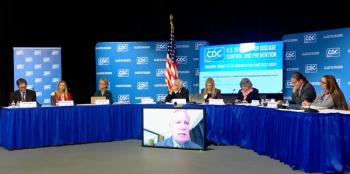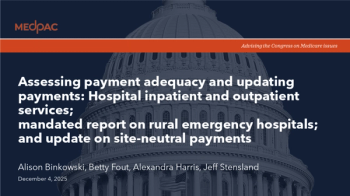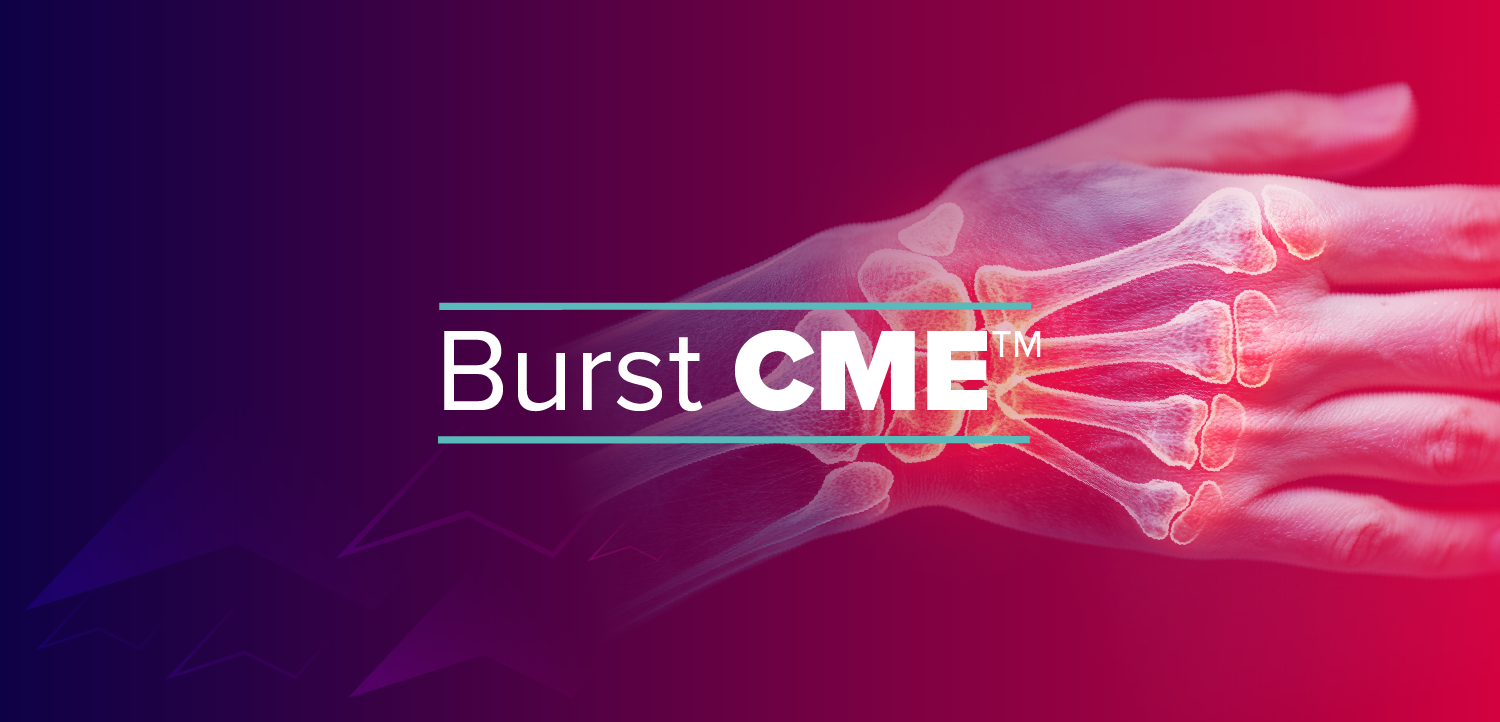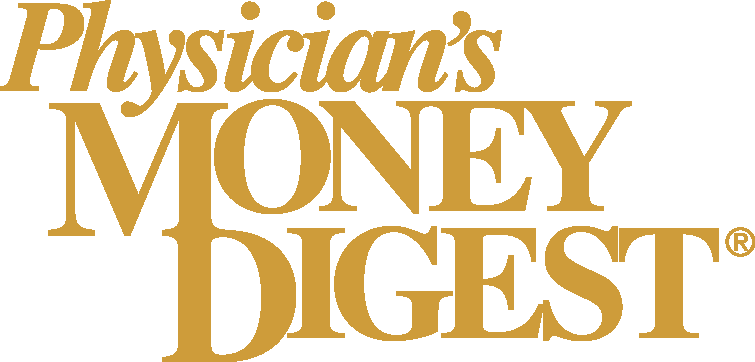Hello and welcome to Medical Economics Pulse, a quick-hitting news podcast that keeps busy physicians in the know. We offer concise updates on the most important developments affecting your practice, your bottom line, and the broader health care landscape, delivered to you by our editorial team at Medical Economics.
It’s March 7, 2025, and here are today’s headlines:
A recent report has highlighted a concerning trend: Americans borrowed $74 billion to cover health care costs last year. This staggering figure underscores the financial strain that medical expenses place on individuals and families, often leading them to seek loans or rely on credit to manage bills. As health care providers, it's crucial to be aware of these financial challenges, as they can directly affect patient compliance, access to necessary treatments, and overall health outcomes. Addressing this issue requires a multifaceted approach, including policy reforms to reduce costs and initiatives to improve price transparency, enabling patients to make informed decisions about their care.
Next up, Chronic Obstructive Pulmonary Disease (COPD) affects millions, but an often-overlooked aspect is the prevalence of mental health disorders among these patients. Recent studies indicate that conditions like depression and anxiety are frequently undiagnosed and undertreated in the COPD population. This oversight can exacerbate COPD symptoms, reduce the quality of life, and increase hospitalizations. As physicians, integrating routine mental health screenings into COPD management protocols is essential. Collaborating with mental health professionals to provide comprehensive care can lead to better patient outcomes and a more holistic treatment approach.
Finally, innovative approaches are emerging to tackle the digital health divide, particularly among rural seniors. A pilot program from Florida Atlantic University paired high school students with older adults to promote the adoption of wearable health technology. These smartwatches collected data on social interactions, physical activity, and cognitive engagement, with a 91% engagement rate, and a response rate of about 78%. The initiative not only improved digital literacy among seniors but also enhanced their health monitoring capabilities. For health care providers, supporting and advocating for similar community-based programs can be instrumental in enhancing patient engagement and health outcomes, especially in underserved areas.
And that’s it for today’s Medical Economics Pulse. Be sure to subscribe for new episodes, and read more health business news and expert content at MedicalEconomics.com. Be sure to subscribe to our premiere podcast, “Off the Chart, A Business of Medicine Podcast,” which features lively and informative conversations with health care experts, opinion leaders, and practicing physicians about the challenges facing doctors and medical practices.
Thanks for tuning in.
















